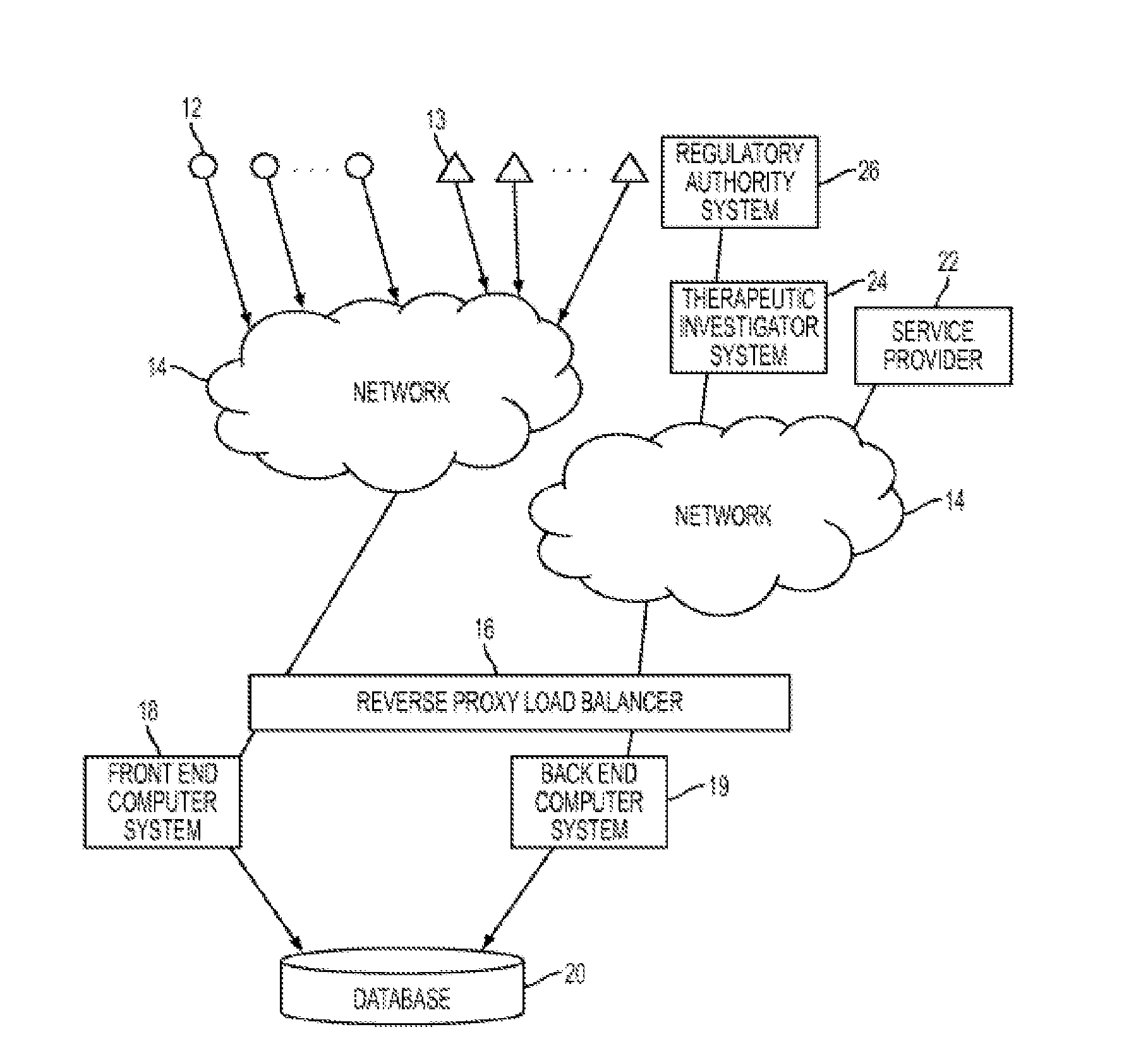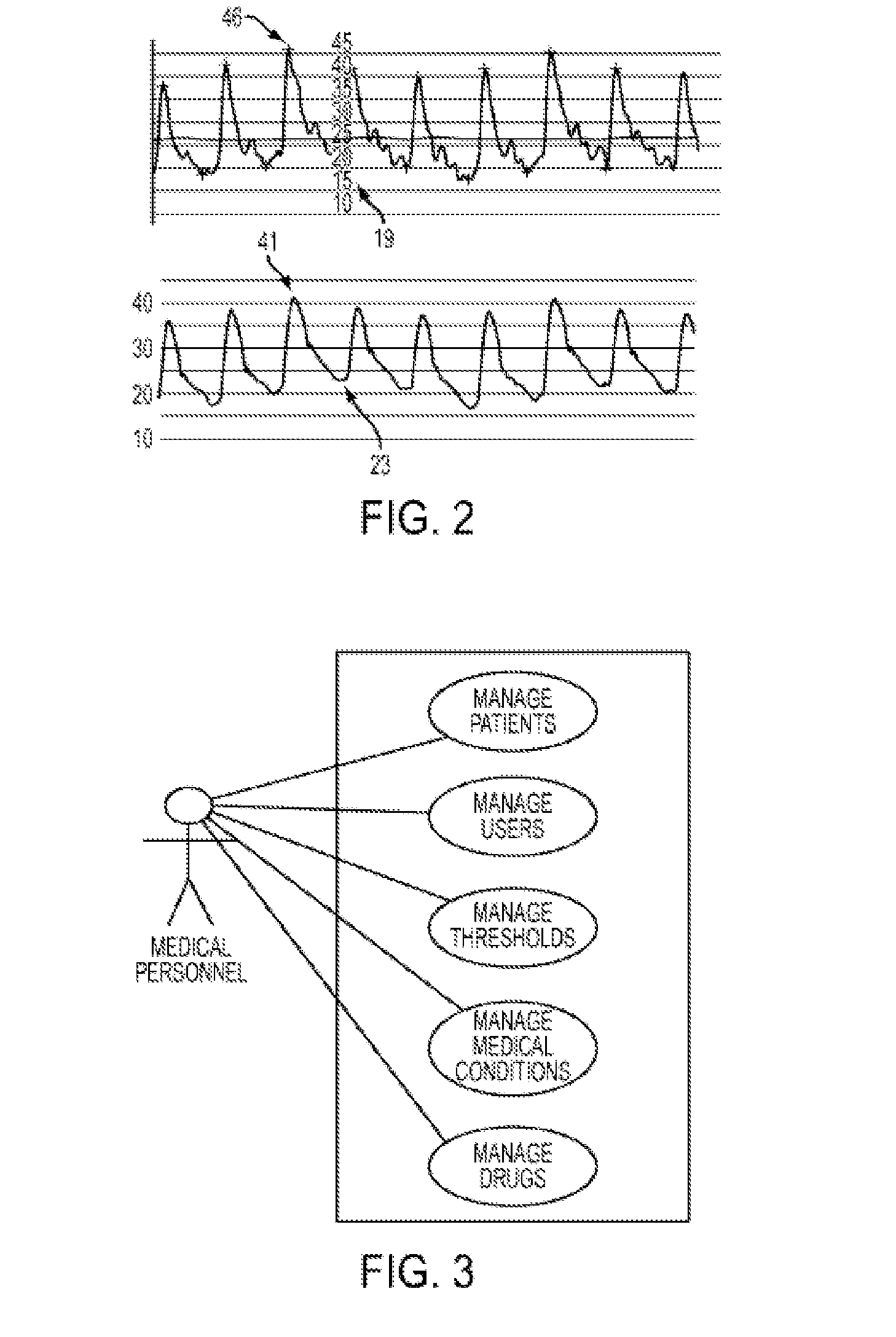Systems and methods for using physiological information
a physiological information and system technology, applied in the field of health care, can solve the problems of unrealized drug discovery impact, low overall success rate of process, and rife with failures in drug development, so as to increase the indicated effect and decrease the indicated effect
- Summary
- Abstract
- Description
- Claims
- Application Information
AI Technical Summary
Benefits of technology
Problems solved by technology
Method used
Image
Examples
Embodiment Construction
[0041]The present invention may be understood more readily by reference to the following detailed description, examples, drawings, and claims, and their previous and following description. However, before the present systems, and / or methods are disclosed and described, it is to be understood that this invention is not limited to the specific systems, and / or methods disclosed unless otherwise specified, as such can, of course, vary. It is also to be understood that the terminology used herein is for the purpose of describing particular aspects only and is not intended to be limiting.
[0042]As used in the specification and the appended claims, the singular forms “a,”“an” and “the” comprise plural referents unless the context clearly dictates otherwise. Thus, for example, reference to a “of pharmacological agent” can comprise two or more such of pharmacological agents unless the context indicates otherwise.
[0043]Ranges may be expressed herein as from “about” one particular value, and / or...
PUM
 Login to View More
Login to View More Abstract
Description
Claims
Application Information
 Login to View More
Login to View More - R&D
- Intellectual Property
- Life Sciences
- Materials
- Tech Scout
- Unparalleled Data Quality
- Higher Quality Content
- 60% Fewer Hallucinations
Browse by: Latest US Patents, China's latest patents, Technical Efficacy Thesaurus, Application Domain, Technology Topic, Popular Technical Reports.
© 2025 PatSnap. All rights reserved.Legal|Privacy policy|Modern Slavery Act Transparency Statement|Sitemap|About US| Contact US: help@patsnap.com



